News Presentation in 1990
The computer techniques introduced during the eighties also made a strong impact on the graphics used within televised news.
By the early nineties comedy shows such as The Day Today made light of this, with heavily computer generated animated titles with clich�d images of globes, eyes, similar urgent sounding music etc. This wasn’t far from the truth as both ITN (who provided news for the commerical channels) and the BBC were using such material.
The BBC’s Breakfast News had titles involving a globe at the centre of a clock face which turned back on itself before the ‘C’ in BBC spun out and around the globe, all to the music of horns and chimes. Similar themes were expressed later its One O’clock news programme. Later bulletins at six and nine had much heavier music, but still carried images of globes and maps of the world.
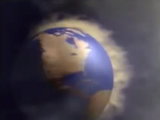
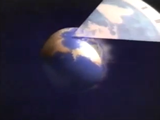
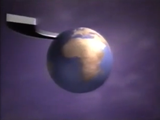
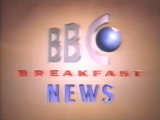
Figure 34
BBC Breakfast News titles, 1989
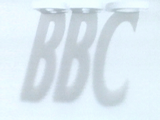
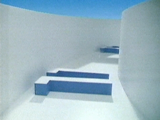
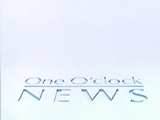
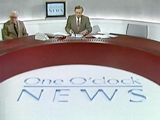
Figure 35
BBC One O’Clock News titles, 1986
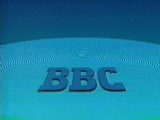
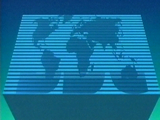
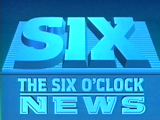
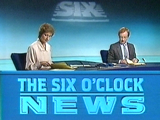
Figure 36
BBC Six O’Clock News titles, 1984
As for ITN, these images were used much less, preferring to use purely computer animated sequences involving the programme titles or in the case of News at Ten, a computer rendered London skyline before closing in on the familiar clock face of Big Ben.
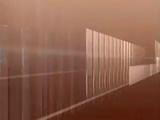
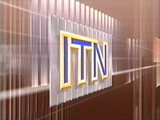
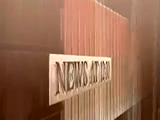
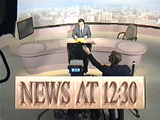
Figure 37
ITN News at 12:30, titles 1989
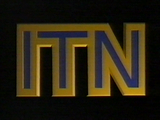
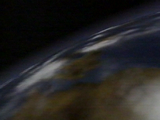
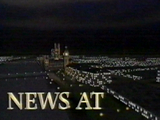
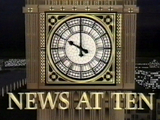
Figure 38
ITN News at Ten titles, 1988
However both the BBC and ITN started their bulletins in exactly the same manor – their large initials being placed centre screen before launching into their respective animations, presumably as an indication of authority.
The first real change to come to this clich�d and computer orientated world was again in the habitual shape of Martin Lambie-Nairn, who produced new titles for the BBC’s Nine O’clock News in 1988. These were based on a range of graphical elements with long-standing BBC associations such as the figure Jupiter from its coat of arms.
Conceptually, we attempted to communicate an idea of how a news programme actually functions: disparate information comes in, is collected, ordered then broadcast.
Lambie-Nairn, 1997, p119
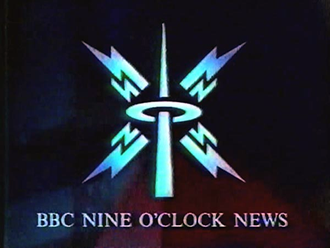
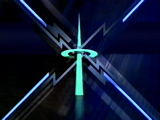
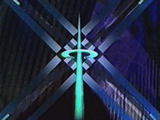
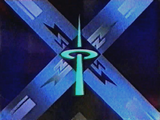
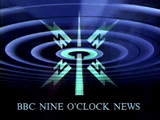
Figure 39
The look of the BBC Nine O’Clock News was unlike anything seen before.
This resulted in a dark, yet subtly colourful animation featured lightning bolts and strong geometric lines and shapes criss-crossing the screen, before ending with radiating concentric rings beaming out from a mast, reminiscent of old newsreel footage. However Lambie-Nairn had no control over the music that was used, and again a traditional and urgent sounding score only served to emphasise the harsher aspects of the animation.